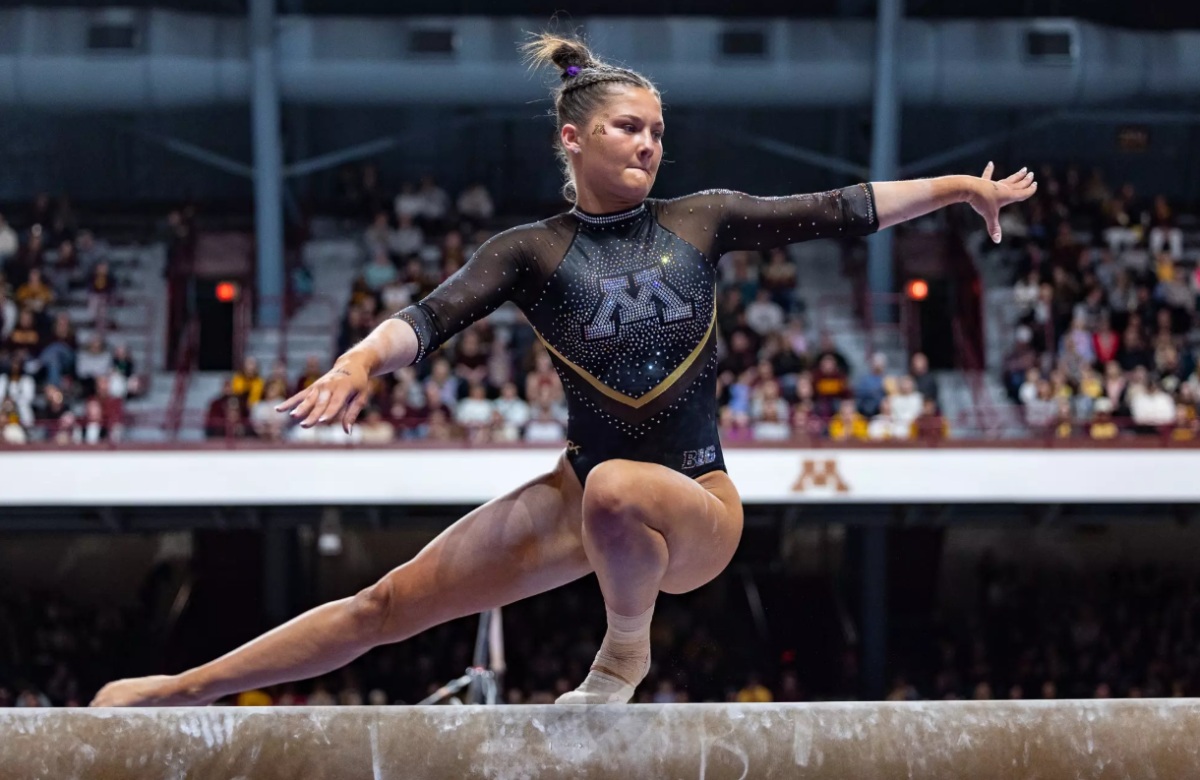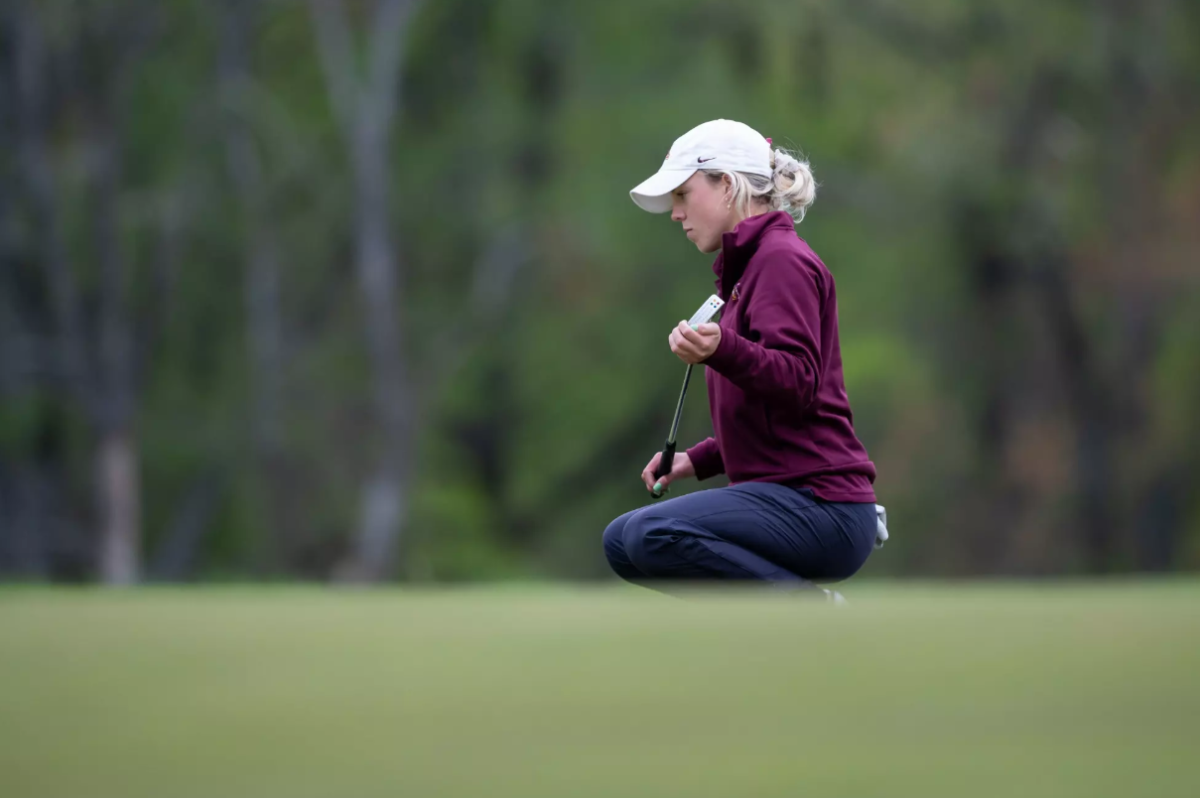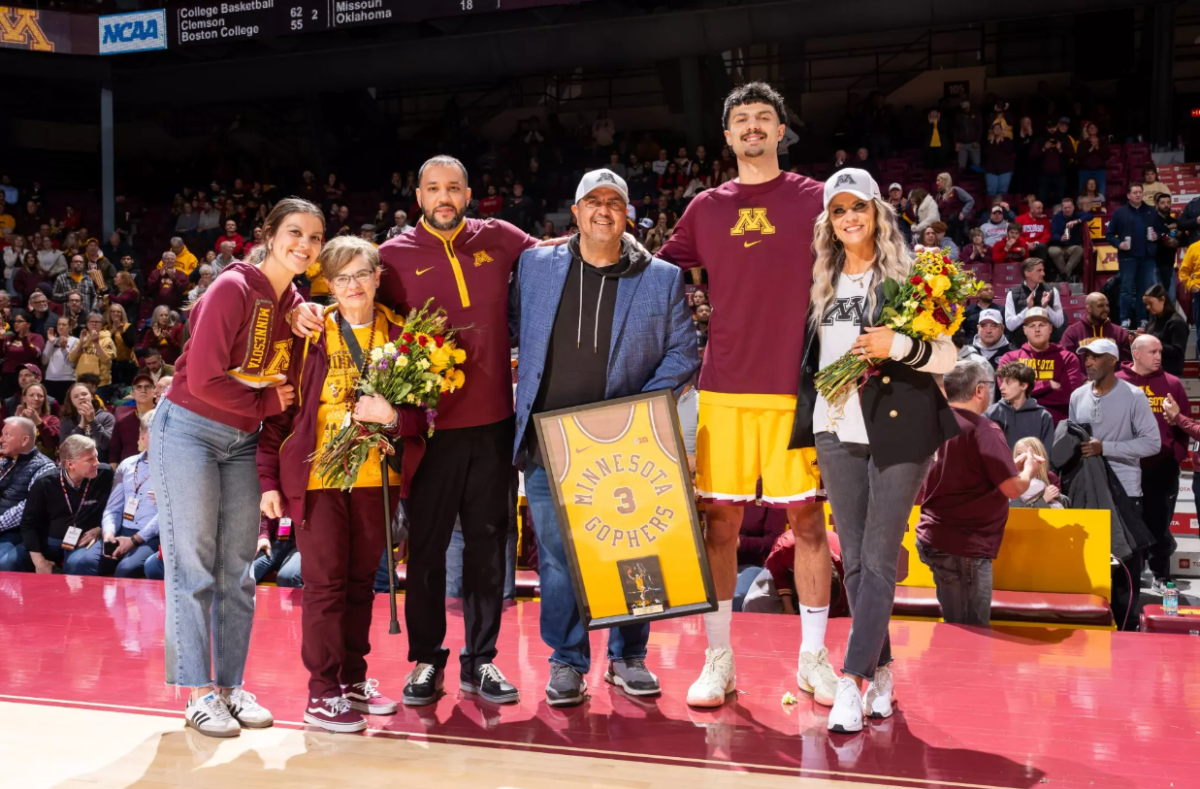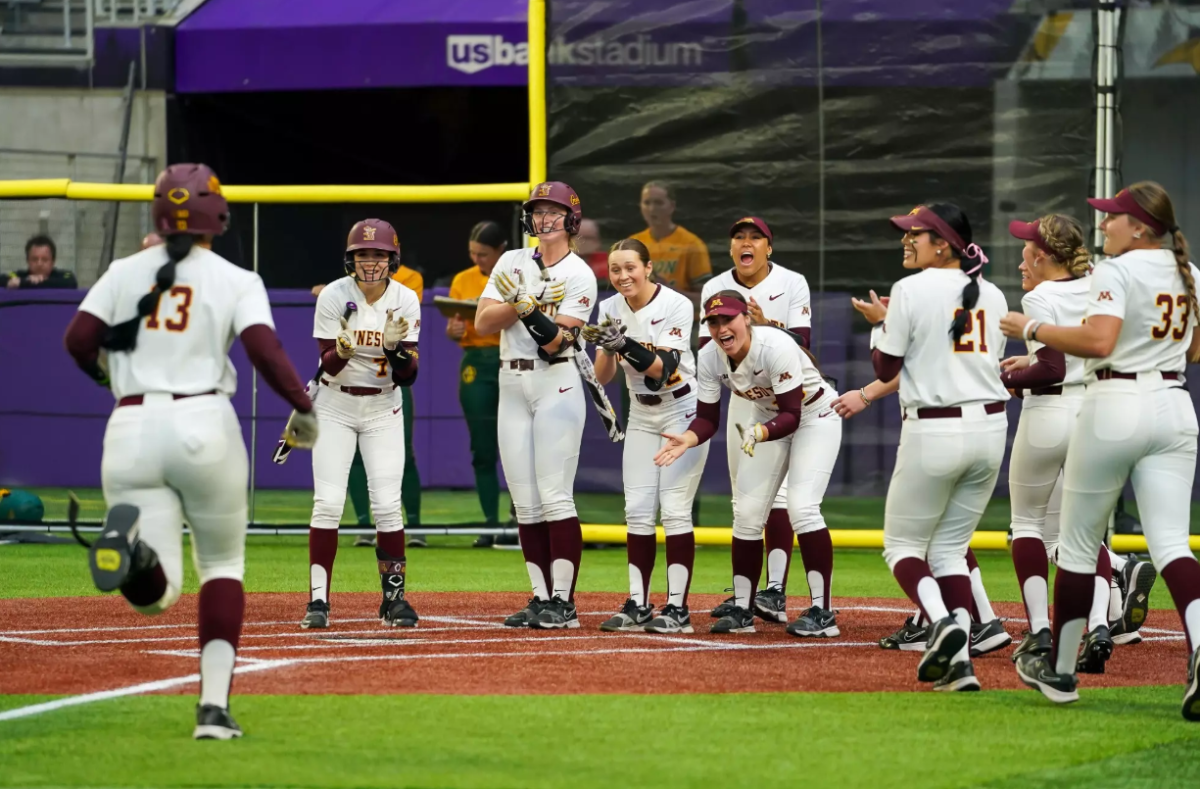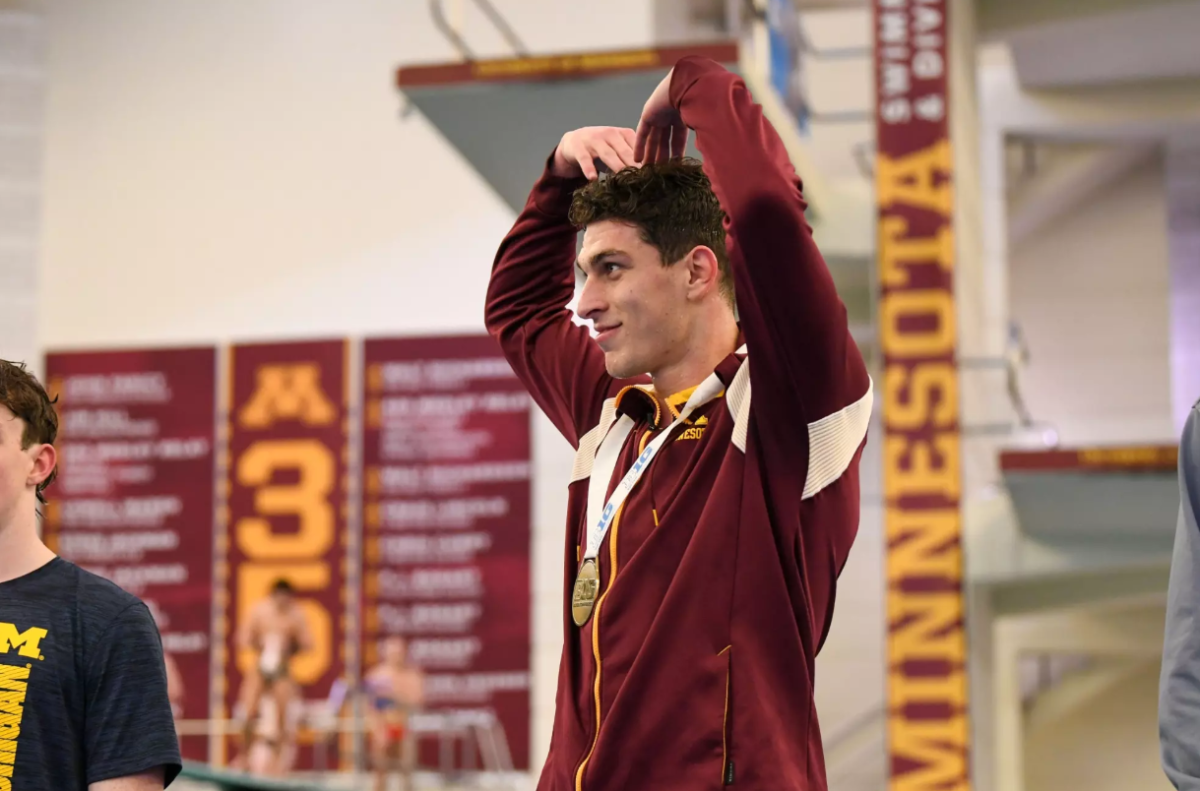When walking into coach Gary Wilson’s office, visitors are immediately greeted by one particular poster on the wall.
It’s a picture of the 2001 Minnesota women’s cross country team with a title boasting the school’s five consecutive appearances at the NCAA national meet.
But after a disappointing 2002 season Wilson doesn’t have the luxury of reminiscing. He spends much of his time in interviews these days discussing what kept the Gophers from making it six in a row.
“Last year was kind of a blip on the radar screen,” Wilson said. “It was a season of transition.”
Not that he expected that to be the case.
Three runners projected to be in the team’s top seven missed the entire season with injuries and Wilson was forced to use many of his youngest runners in big-time competitions.
Minnesota had 16 freshmen on its roster last season, many of whom got collegiate experience sooner than they ever thought.
“We just kind of got thrown into it all,” said Carly Emil, a sophomore who consistently finished among the team’s top three runners last season.
Inexperience and a lack of leadership severely hurt the Gophers’ chances for success a year ago. Both are things Wilson says will not be a problem in 2003.
“We took our lumps but because of that, (the young kids) gained experience they never could have gotten sitting on the bench,” Wilson said.
“There’s nothing like a year of experience and that’s what those girls are going to bring to the table.”
Seniors Anita Menden and Laura Bjork are both healthy after being hampered by injuries last season.
Menden, a vocal leader and a member of three Minnesota NCAA teams, ran in one race last year before having surgery to repair a bone condition in her right foot.
Bjork, who earned all-region honors as a sophomore, admitted overtraining last summer caused her to peak too early and struggle late in the 2002 season.
Along with sophomores Emil and Jen Hess and senior Darja Vasiljeva, Minnesota should have a solid top five.
The remaining varsity spots will be up for grabs, although Wilson mentioned redshirt freshman Emily Brown as a potential key contributor.
“We should be a strong team,” Menden said. “A lot of times people tend to overthink their freshman year and now they know what it takes.”
The Gophers certainly have more positives than they did at this point last year, but a major concern is the health of Vasiljeva, Minnesota’s lead runner.
The senior from Jelgava, Latvia, finished first for the Gophers in every meet last fall, recorded the fastest 6-kilometer time in school history (20:49.77) and ran in her third NCAA national race in as many years.
But Vasiljeva is struggling with a hamstring injury that could devastate Minnesota’s hopes of making it back to the NCAAs.
Especially because she is competing in a conference Wilson said is as tough as he’s seen it since the mid-80s.
Vasiljeva ran much of the track season with the injury, but failed to qualify for regionals or the NCAAs.
Since then, the injury has only gotten worse.
“I’m in pain walking, sitting, sleeping,” Vasiljeva said. “I kept hoping I would be fine the next day, that I could get up and run but it didn’t happen.”
Vasiljeva did not train at all during the first two weeks of August. An MRI on Aug. 22 revealed a torn muscle in her hamstring.
But in spite of the bad news, Vasiljeva hopes to be healthy in time to run in the season’s biggest meets and said she will consider running as early as the Roy Griak Invitational on Sept. 27 at less than 100 percent.
“It’s nothing major,” Wilson said. “It’s kind of a nagging thing. We’re just going to be smart with her.”
Vasiljeva still plans to race in her fourth national meet – held this year on her favorite course at Waterloo, Iowa.
Her teammates can only hope she heals fast, as their top runner’s health will be vital if the Gophers want to hang a new poster in Wilson’s office at the season’s end.
If that doesn’t happen, missing out on the NCAAs could become more of a trend than an exception.


